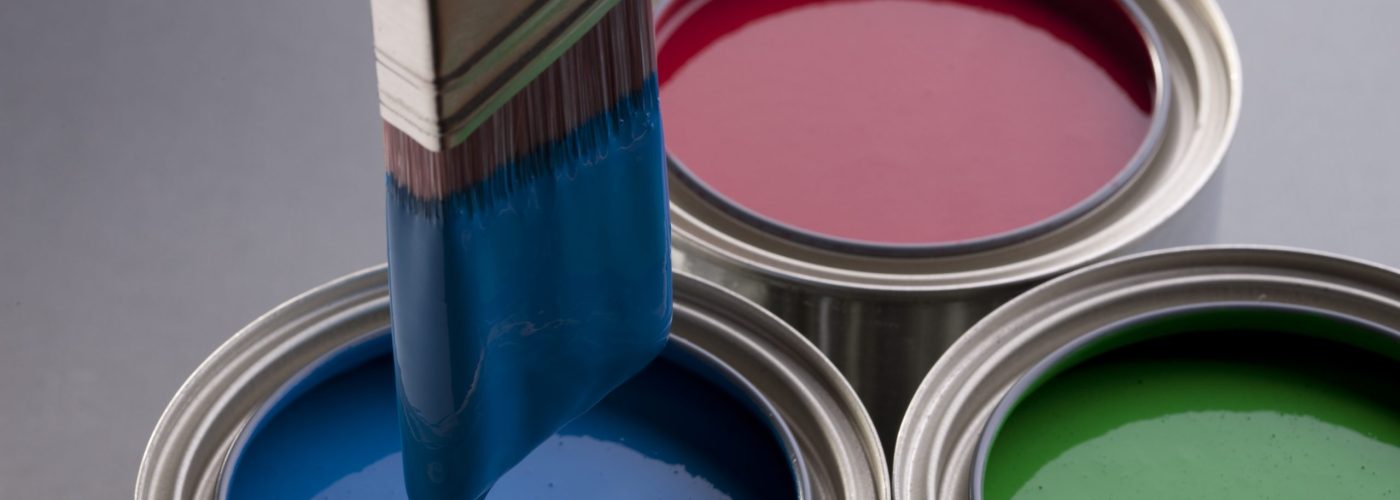You may be intimidated by getting out a paint brush and painting your home or workplace, many people are, and this is generally because people are unsure of what paints to use for what surface. But according to DIY Network, anyone can paint a room and get professional results by working efficiently, neatly and with careful preparation.
Below we’ve created a handy guide to painting, listing the different types of paints, and what they are used for.
Use anti mould paint in bathrooms
This might seem quite obvious but, by using anti mould paint in your bathroom, you won’t have to redo the paint for a long period of time. This is because anti mould paint contains specialised additives in order to create barriers, and prevent mould from occurring. If mould has already started to grow, then use a cleaner to get rid of it first.
Prime your radiator before painting
Before painting your radiator, ensure it is turned off and cooled down! If you spot any sections that have rusted over the years then use sandpaper to remove the rust. Once clean and rust-free, you can use a primer before applying the top coat. Use solvent-based paints for your radiator, such as non-drip or satinwood which you can find in a range of colours.
Satin for bedrooms is advisable
Satin paint is usually the best for bedrooms, this is down to them being easy to clean, easy to maintain and durable. Machperson paint is popular, this is because of the quality finish it provides, the large range on offer, and how easily it dries.
Matt Emulsion is recommended for ceilings
The majority of people tend to use Matt Emulsion paints for ceilings due to their toughness, durability and the ability to be wiped down easily. Matt Emulsion paints are also non-reflective, which is exactly what you need for a ceiling.
Undercoats and topcoats are perfect for woodwork
For woodwork you’ll need both an undercoat and topcoat and you can choose from either oil-based or water based. The advantages of oil-based paints are that they are hard-wearing and cover well, however the disadvantages include; smelling until they dry and having to use white spirit to get the paint off your brushes.
The advantages of water based paints are that they’re easy to apply, don’t smell much and you can clean your brushes with water. But the disadvantages are that you need more coats of paint to get a good finish and they don’t last as long as oil-based paints.
Use exterior paint brands for the outside
There are a variety of exterior-based paints that you can use for the outside of buildings, depending on what you require. For example Zinsser Perma-White Interior/Exterior Gloss and Satin Paint is great due to resisting cracking, peeling and blistering for up to 7 years before needing a fresh coat. Johnstones Solar Reflective Paint is ideal for roofs that are exposed to direct sunlight.
Image source: www.flickr.com/photos/unitedsoybean/10481728754/in/photostream/





